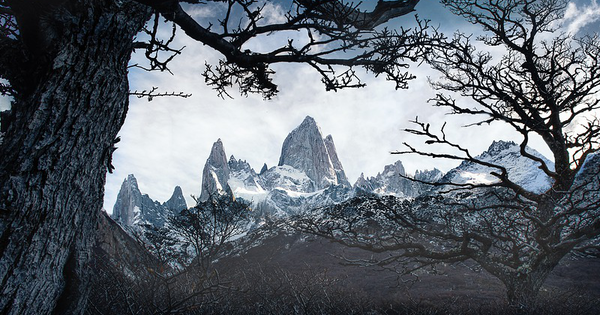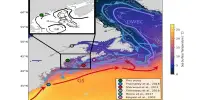The earliest evidence of the world’s oldest discovered glaciers was uncovered in South Africa’s gold fields. Extremely well-preserved glacial deposits lie beneath the world’s greatest gold deposits, offering compelling evidence of the early Earth’s climatic conditions.
While the specific conditions on Earth during this time are still unclear, these 2.9 billion-year-old glacial remains could provide evidence for a variety of theories about what happened. “Perhaps this location was near to the poles. Another hypothesis is that the entire Earth was in a snowball Earth’ phase, when low atmospheric concentrations of CO2 and CH4 caused a reverse greenhouse effect’, forcing much of the world to freeze,” said study co-author Professor Axel Hofmann in a release.
“Scientists think that this might have occurred a few times in the recent past. If correct, this would be the world’s first recorded cooling period. Scientifically speaking, both possibilities are intriguing.

The scientists examined oxygen isotope concentrations in the ancient rocks in addition to the physical evidence of fossilized glacial moraines, the debris left behind by glaciers, to estimate the climate conditions at the time they were deposited.
“We investigated the relative abundances of three oxygen isotopes, 16O, 17O, and 18O.” These are all different forms of oxygen with very tiny weight differences. “We discovered that these rocks had very low levels of 18O and very high levels of 17O, indicating that they were formed at icy temperatures,” research co-author Professor Ilya Bindeman noted. “When you combine that geochemical evidence with the moraine evidence, you get glaciers, the oldest glaciers ever discovered on Earth.”
The significance of the discovery’s location, beneath the Earth’s greatest sedimentary gold deposits, may also prompt more exploration, according to Hofman. “It’s possible that the transition from icehouse to greenhouse conditions aided in the formation of those gold deposits, but this needs to be confirmed and more research is needed.”
The use of triple oxygen isotope analysis in this manner could open up new paths for discovering evidence of early Earth’s glaciation, with discoveries like this opening up new lines of inquiry and examination into Earth’s ancient climate.
















